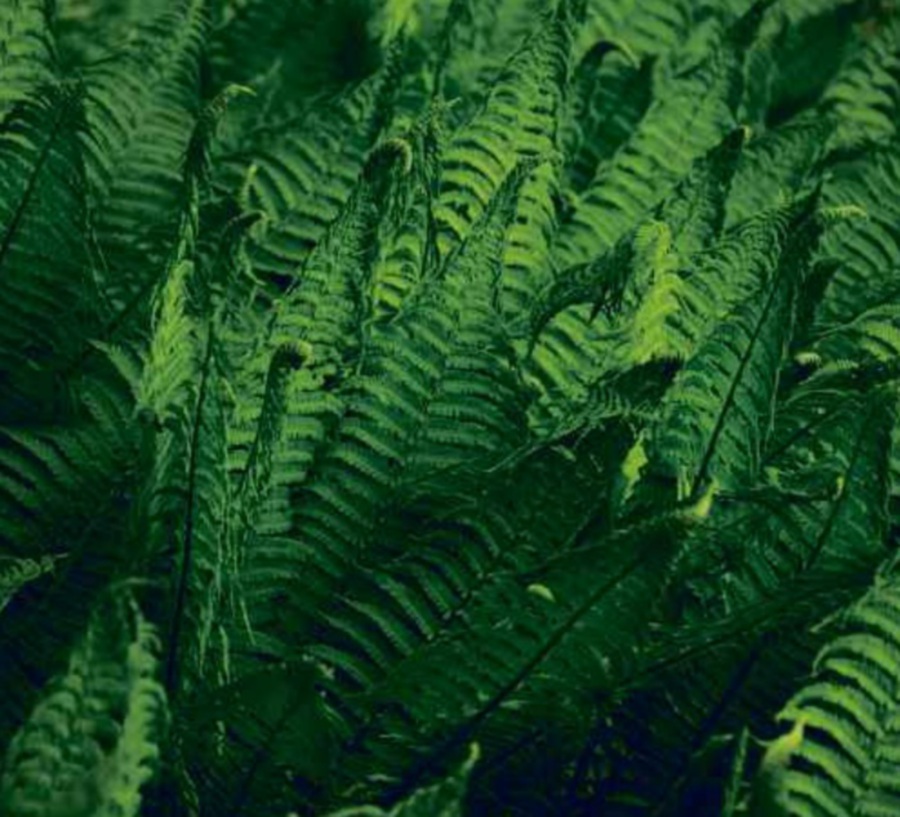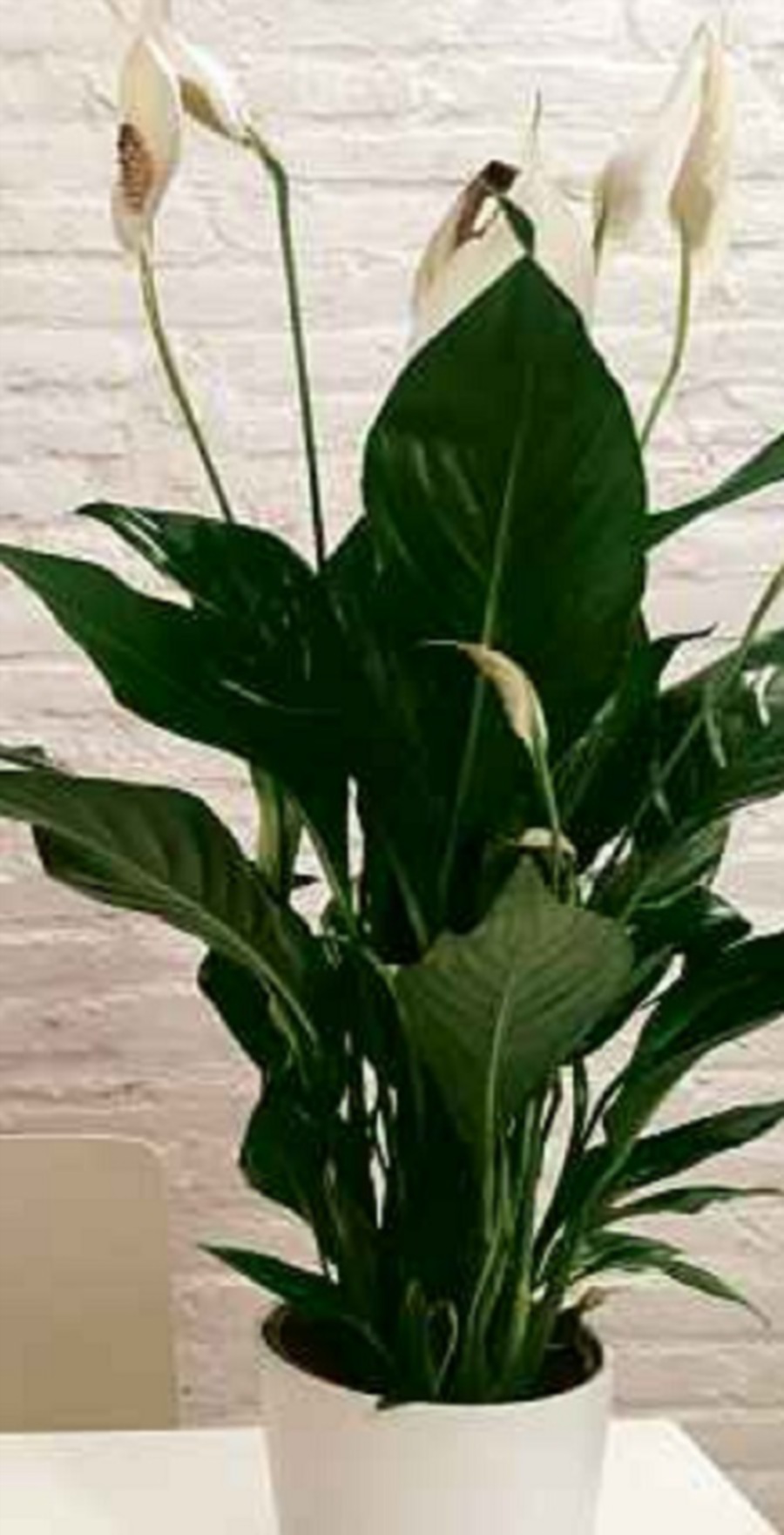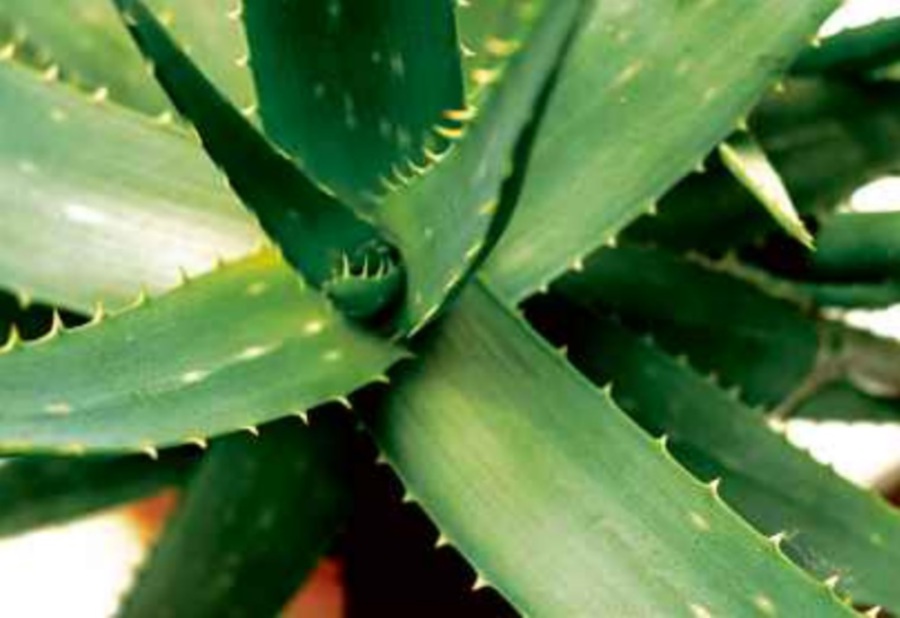Articles / Newsletter
DO you know that you can clean toxins out of the air in your home with some common houseplants? Some houseplants provide a valuable weapon against the rising level of indoor air pollution.
According to studies by NAZA, the indoor pollutants that affect health are formaldehyde, volatile organic compounds (benzene and trichloroethylene or TCE), airborne biological pollutants, carbon monoxide and nitrogen oxides, pesticides and disinfectants (phenols), and radon.
These pollutants can cause allergies, headaches, fatigue, nervous-system disorders, cancer and even death.
Scientists have identified more than 50 houseplants that are able to remove many of the pollutants at homes, offices, retail outlets and industrial properties.
The plants that you choose can make a difference in the air you breath at home.
Top seven indoor plants to consider:

Boston Fern
ARECA PALM (CHRYSALIDOCARPUS LUTESCENS)
The areca palm (also called “butterfly palm”) can remove more toluene and xylene than any other plant as it emits large amounts of water vapour.
Toluene is known to be hazardous to human health.
It is mostly found in paint thinners, nail polish remover, glues and correction fluid. Xylene is used as a solvent in printing, rubber, and leather industries.
The long-term cumulative impact of these chemicals is still under study. When choosing the plant, ensure it has a good, loam-based potting soil. You have to water the plant enough to keep the soil damp.
DRACENA
This plant removes trichloroethylene from the air.
A mature Dracena reaches 10 feet in height with a spread of three feet, and can live for decades if properly maintained.
PHILODENDRON
This plant comes in many different varieties. The most common and useful are the Red Emerald (philodendron erubescens), the Lacy Tree (philodendron selloum), the Heart-Leaf (philodendron oxycardium) and the Elephant Ear (philodendron domesticum or tuxla). They are all easy to grow and maintain, providing years of detoxifying for your home.
You can keep them indoors but mist them regularly.
They will look nice and green through out their life time.
FICUS
The Ficus is effective at removing chemical vapours from the air and grows easily indoors, resisting most insects. The plant, however, is poisonous, so keep it away from pets and young children.
Ficus prefers a humid environment and full or semi-sunlight, so keep it close to a window. Do not place it close to air-conditioning vents as this could cause it to loose its leaves. Soil should be kept moist but allowed to dry out between watering.
BOSTON FERN
The Boston fern is one of the best indoor plants to remove formaldehyde from the air. Formaldehyde is used in plastic garbage bags, paper towels, facial tissues, floor coverings, and adhesives — and gas stoves. Smoking tobacco also release this chemical.
So having the Boston fern is quite useful and you can keep it anywhere from the kitchen, living room to the bathroom.
The Boston fern has feathery ferns, which are best displayed as a hanging plant. The soil should be kept moist and the leaves should be misted frequently. Don’t keep the plant directly under the sunlight or near a big window as they prefer to be in a cool environment.

Peace Lily
PEACE LILY (SPATHIPHYLLUM ‘MAUNA LOA’)
This plant is quite common in most houses because of its beautiful glossy green leaves and flowers beautiful as well as its ability to purify and humidify indoor air. It is perfect for removing acetone, trichloroethylene, benzene, and formaldehyde. It can even help keep your air free of ammonia and xylene.
Peace Lily is used to indirect sunlight and high humidity and should be watered regularly but don’t over flow the pot. The leaves contain calcium oxalate and should be kept away from children and pets.
SPIDER PLANT
Spider plant is a very popular choice for indoor.
Studies have confirmed that the plant provides refreshing air indoors. It excels at removing formaldehyde, as well as xylene and toluene from the home.
Spider plant is easy to maintain. You don’t have to feeed it fertiliser regularly. It grows easily but just make sure the soil is not to dry.

Aloe vera
ALOE VERA
Aloe vera has many use and health benefits. It is also very beneficial in increasing oxygen levels in your home. The plant has been found to be able to absorb formaldehyde, carbon dioxide, and carbon monoxide.